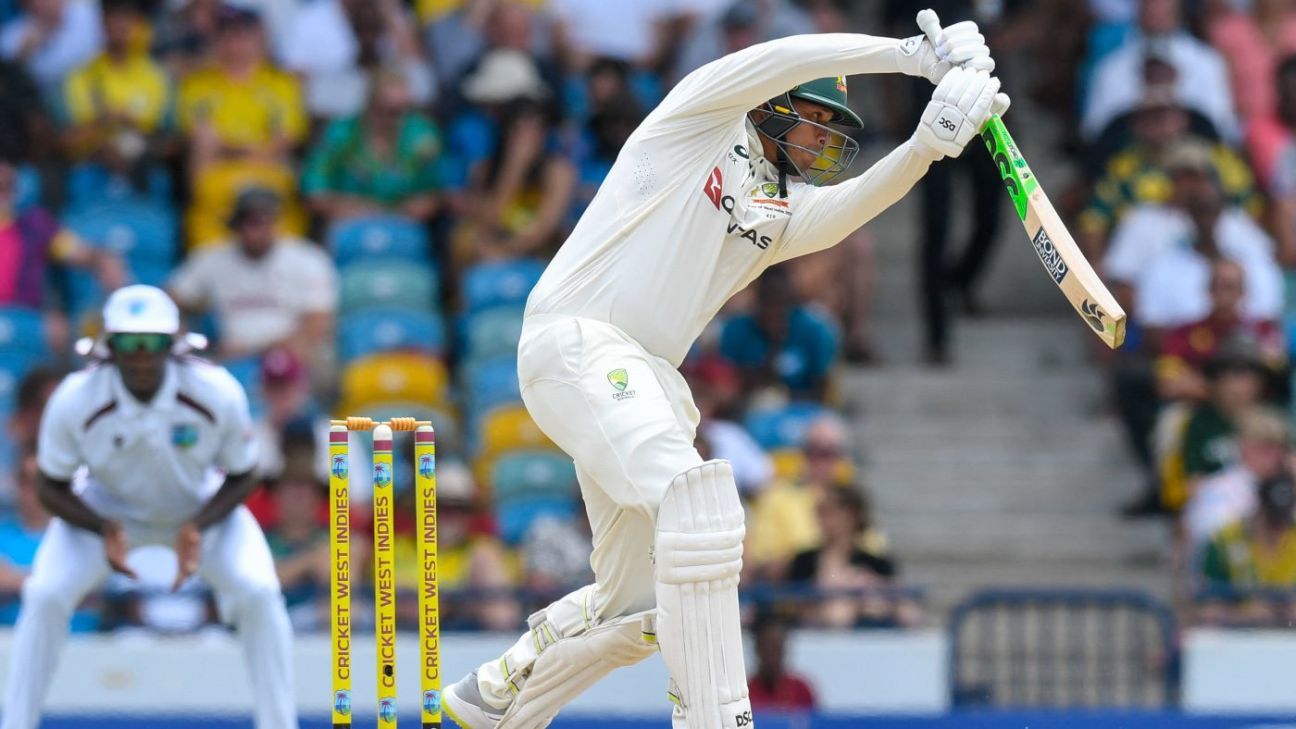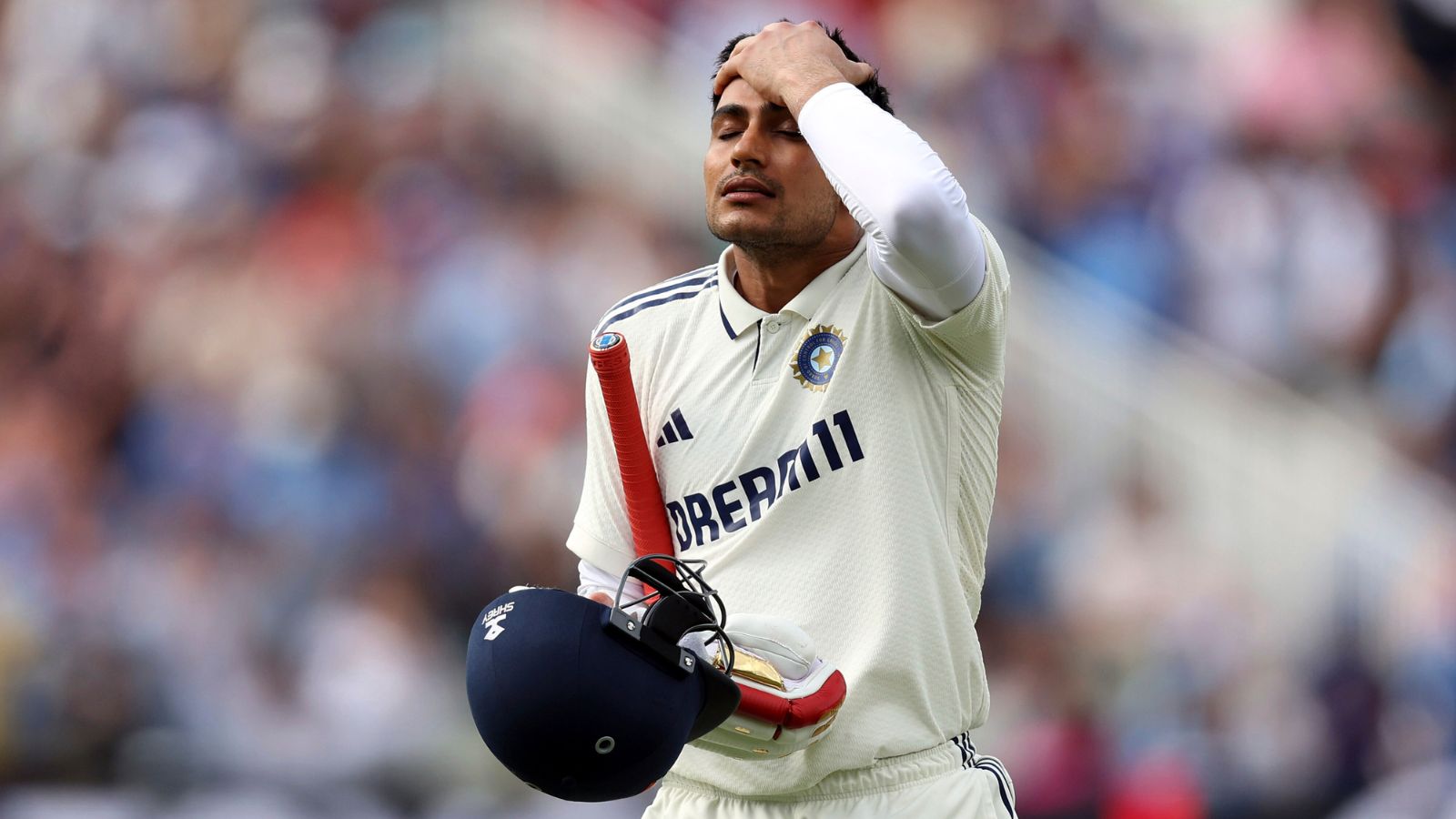How Physics Shapes Play at Wimbledon

Friction, speed and surprise: What sets Wimbledon’s grass courts apart from clay, hard courts Understanding how different tennis court surfaces like grass and clay play requires knowledge of the physics behind them. A wide shot of Centre Court during the 2025 Wimbledon Championships at the All England Club in London, Tuesday, July 8, 2025. Press Association via AP ImagesThe grass tennis courts of Wimbledon are among the most recognizable in the world.But despite its fame, grass is one of the rarest surfaces on which tennis is played today; and many tennis fans and players may never set foot on its lush turf in their lives.How does the iconic Centre Court lawn compare to the gritty red clay courts of the French Open, where last year’s Summer Olympics took place? Understanding how different tennis court surfaces like grass and clay play requires knowledge of the physics behind them.Why Wimbledon’s grass courts create fast, low bouncesAs it concerns the physics of grass and clay courts, there are some fundamental differences, says Arun Bansil, a university distinguished professor of physics at Northeastern University.“Grass courts have lower friction and absorb more energy during the bounce,” Bansil says. “As a result, the ball bounces low due to loss of vertical speed, but bounces fast due to lower friction and smaller loss of horizontal speed.”It’s that zippy, low-bouncing quality that defines gameplay on a grass court. For amateurs and professionals alike, the surface is among the trickiest on which to find your footing.How friction and spin change the game on clay vs. grassClay courts, on the other hand, have more surface friction, resulting in more “grip” on the ball, a slower pace of shot but a much higher bounce.On a clay court, the ball seems to sit on the court for a split second longer: that’s the friction at play, which slows the shot and converts the ball’s spin into vertical lift.Grass courts are also more sensitive to temperature and humidity and other external effects, which is why the ball behaves less predictably, Bansil notes. In drier temperatures, the soil beneath the grass is firmer, causing the ball to zip through the court more.In slicker conditions, the ball might play even lower to the ground, as the moisture absorbs even more pace. Slick grass can also pose problems for a player’s movement, particularly during the first week of Wimbledon when the turf is lush and less worn down.“Grass courts perhaps provide a more interesting play for these reasons because the spectators are likely to experience more unexpected turns in the match than on, say, hard courts,” Bansil says.



.jpg)






